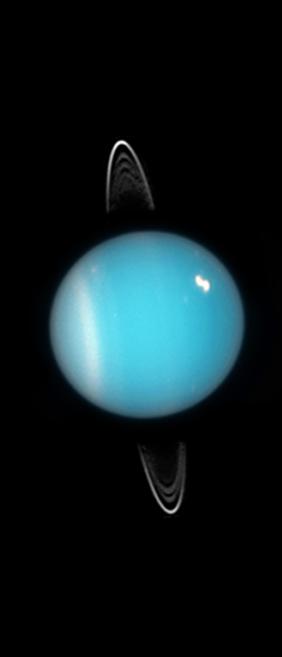Glossary term: 行星環
Description: 太陽系中的四顆巨行星(木星、土星、天王星和海王星)都被無數小冰塊或岩石所環繞,這些微小物質的尺寸從微米到數米不等,形成了巨大的行星環結構。目前,我們還無法確定系外行星是否有類似的環系統。最壯觀的行星環是圍繞土星的復雜環系統,由多個環組成,並被環縫分隔開。其中一些結構是由與土星較大的衛星相互作用而形成的,而環內軌道運行的小衛星則清理出了環縫。關於這些行星環的形成有多種假說,大多數認為是由於衛星在土星引力作用下被撕裂或剝離而形成。據估計,土星的行星環將在幾億年內逐漸消失——從天文學的標準來看,這並不是很長的時間。木星、天王星和海王星的環系統相對不那麼明顯。
Related Terms:
See this term in other languages
Term and definition status: The original definition of this term in English have been approved by a research astronomer and a teacher The translation of this term and its definition is still awaiting approval
This is an automated transliteration of the simplified Chinese translation of this term
The OAE Multilingual Glossary is a project of the IAU Office of Astronomy for Education (OAE) in collaboration with the IAU Office of Astronomy Outreach (OAO). The terms and definitions were chosen, written and reviewed by a collective effort from the OAE, the OAE Centers and Nodes, the OAE National Astronomy Education Coordinators (NAECs) and other volunteers. You can find a full list of credits here. All glossary terms and their definitions are released under a Creative Commons CC BY-4.0 license and should be credited to "IAU OAE".
If you notice a factual or translation error in this glossary term or definition then please get in touch.
Related Media
土星
Credit: 美國國家航空航天局、歐空局、A. Simon(戈達德太空飛行中心)和 M.H. Wong(加州大學伯克利分校) credit link
License: CC-BY-4.0 Creative Commons 姓名標示 4.0 國際 (CC BY 4.0) icons
天王星與星環
Credit: 美國國家航空航天局、歐洲航天局和 M. Showalter(SETI 研究所) credit link
License: PD Public Domain icons










